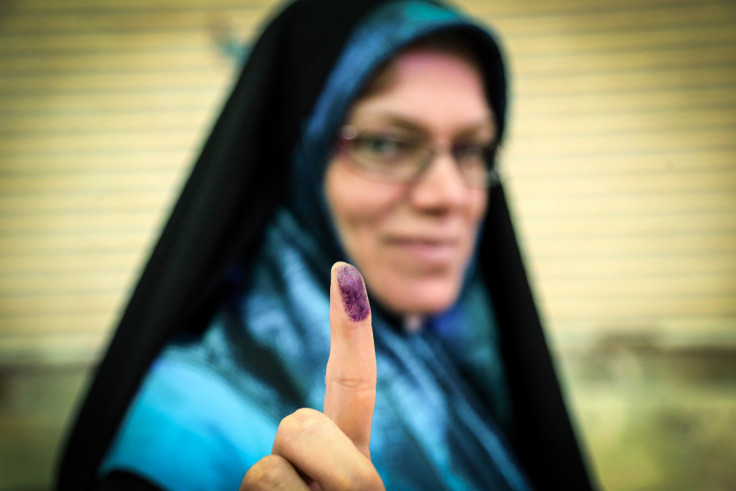Women now outnumber clerics in Iran's parliament for first time

The Iranian parliament will have more female MPs than clerics when the newly elected members take their positions this month.
Following the 26 February elections in Iran, the Majlis will have 17 women MPs and 16 clerics – the first time in the country's history that women will outnumber mullahs.
The number of clerics elected to parliament is at a particular low, dropping over the years from the 164 clerics elected after the Islamic Revolution in 1979, to just 16 this year – which hardliners in Iran will see as a threat to their politics.
However, the number of women in this year's parliament has almost doubled, with just nine female MPs prior to the February election – although women still make up just 6% of the overall Majlis, with 17 seats out of 290.
An eighteenth woman was elected to parliament after the 29 April run-off elections, but her nomination is currently under discussion, with no reason given by the Guardian Council for her possible exclusion.
Reformists came out top following Friday's elections, in which around 25% of seats were being contested after no clear outcome for a quarter of candidates after February's polls.
Although the List of Hope coalition, which is the pro-Rouhani faction of the Majlis, does not have a majority of seats, it is the largest party in parliament that will be able to manage a majority on certain issues if backed by independents, and has seven more seats than the conservative coalition.
© Copyright IBTimes 2024. All rights reserved.






